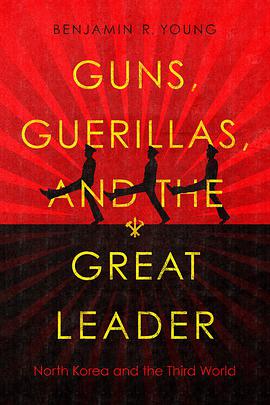Guns, Guerillas, and the Great Leader
Douban
North Korea and the Third World
Benjamin R. Young
overview
Far from always having been an isolated nation and a pariah state in the international community, North Korea exercised significant influence among Third World nations during the Cold War era. With one foot in the socialist Second World and the other in the anticolonial Third World, North Korea occupied a unique position as both a postcolonial nation and a Soviet client state, and sent advisors to assist African liberation movements, trained anti-imperialist guerilla fighters, and completed building projects in developing countries. State-run media coverage of events in the Third World shaped the worldview of many North Koreans and helped them imagine a unified anti-imperialist front that stretched from the boulevards of Pyongyang to the streets of the Gaza Strip and the beaches of Cuba.
This book tells the story of North Korea's transformation in the Third World from model developmental state to reckless terrorist nation, and how Pyongyang's actions, both in the Third World and on the Korean peninsula, ultimately backfired against the Kim family regime's foreign policy goals. Based on multinational and multi-archival research, this book examines the intersection of North Korea's domestic and foreign policies and the ways in which North Korea's developmental model appealed to the decolonizing world.
contents
Acknowledgments
Introduction
1 Building a Reputation, 1956– 1967
2 Kimilsungism beyond North Korean Borders, 1968– 1971
3 Kim Il Sung’s “Korea First” Policy, 1972– 1979
4 Kim Jong Il’s World and Revolutionary Violence, 1980– 1983
5 Survival by Any Means Necessary, 1984– 1989
Conclusion
Notes
Bibliography
Index